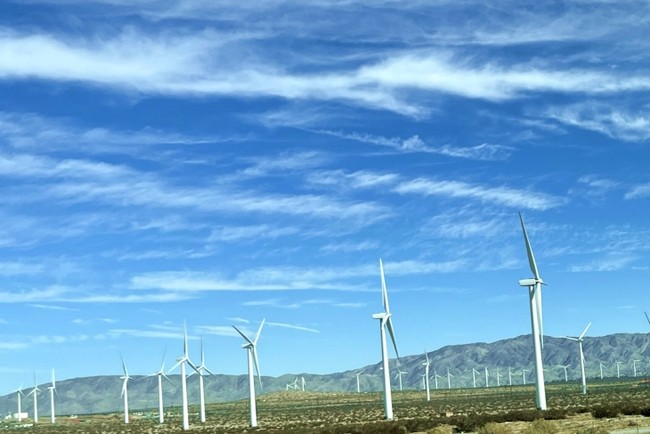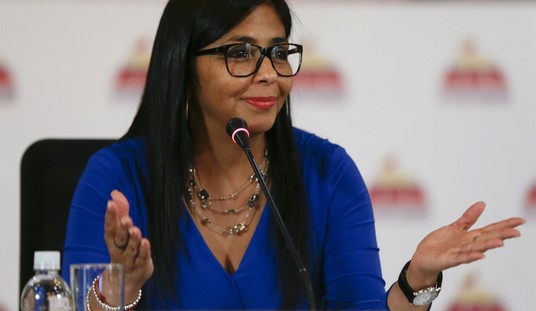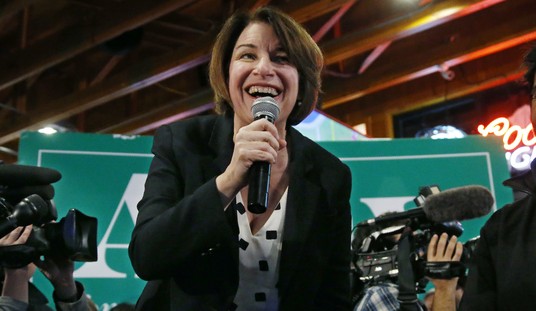(The opinions expressed by contributors are their own and do not necessarily represent the views of RedState.com.)
Wind turbines taller than some high-rises and the Seattle Space Needle have been toppling over all over the world, and it seems that production flaws are behind the problem as nations rush to embrace “green energy.” Turbines also have a tendency to overheat, explode, and cause devastating wildfires like the 2019 Juniper Fire in Washington State.
Other than that, they’re great.
Popular Mechanics explores why these structures are blowing in the wind:
Multiple turbines that are taller than 750 feet are collapsing across the world, with the tallest—784 feet in stature—falling in Germany in September 2021. To put it in perspective, those turbines are taller than both the Space Needle in Seattle and the Washington Monument in Washington, D.C. Even smaller turbines that recently took a tumble in Oklahoma, Wisconsin, Wales, and Colorado were about the height of the Statue of Liberty.
Take a look; some of these fails are absolutely spectacular:
What’s causing these dangerous malfunctions? In their haste to get a piece of the $30 billion in incentives to build turbines, solar panels, and batteries in legislation like the Inflation Inflammation Reduction Act, companies are moving too quickly to get products that aren’t fully tested out into the field. Remind you of anything…. Like the mRNA COVID vaccines?
Wind turbines are tall, isolated & composed of sensitive electronics, therefore extremely vulnerable to lightning. Studies found that lightning strikes account for 80% of turbine insurance claims. This happened in Crowell, TX in July 2022
[📹Brent Havins]pic.twitter.com/eBgRTZXa6Y
— Massimo (@Rainmaker1973) January 30, 2023
Although the late Massachusetts senator and “environmentalist” Ted Kennedy famously opposed windmills visible from his expansive view of the Nantucket sound, turbines have become the In Thing in the age of Biden—despite their drawbacks:
Turbines are falling for the three largest players in the industry: General Electric, Vestas, and Siemens Gamesa. Why? “It takes time to stabilize production and quality on these new products,” Larry Culp, GE CEO, said last October on an earning call, according to Bloomberg. “Rapid innovation strains manufacturing and the broader supply chain.”
In other words, they’ve thrown caution to the wind in their rush to dominate the landscape with towering turbines that kill an estimated one million birds a year in the U.S. alone.
The push to produce bigger wind-grabbing turbines has sped production of the growing apparatuses. Bloomberg reports that Siemens has endured quality control issues on a new design, Vestas has seen project delays and quality challenges, and GE has seen an uptick in warranty costs and repairs. And this all comes along with uncertain supply chain issues and fluctuating material pricing.
With heights stretching taller than 850 feet, blades 300 feet long, and energy generation abilities ratcheting up accordingly, the bigger the turbine, the more energy it can capture. But the bigger the turbine, the more that can go wrong—and the farther it falls. [Emphasis mine.]
Turbines now account for approximately 10 percent of America’s energy supply—but at what cost? If you’ve driven in the Southwest in the last few years—my road trips have included LA to Phoenix for the Turning Point USA AmFest convention, LA to Mammoth Mountain for some powder-skiing, seeing as we’ve had record snowfall this year, and LA to Vegas, well, because—then you’re sure to have noticed MASSIVE solar farms and wind turbine cities blossoming alongside the highway.

I not only wonder whether one of these wind behemoths will fall over on me, I can’t help but notice how few of the turbines are actually, you know, spinning. I scoured the internet for reasons why that was the case, and mostly came across defensive articles implying I was a crazed MAGA Republican to even ask such a question. But here’s one explanation:
Wind turbines stop turning for two reasons. First, the mechanical aspect of the wind turbine needs maintenance. Second, there isn’t enough wind for the wind turbine to be turning. Alternatively, there’s too much wind, and allowing the turbine to spin would be unsafe.
Too much wind, not enough wind; ok, got it. Clean energy sounds wonderful, meanwhile, but how much land would we have to devote to these unsightly turbine farms and blinding solar panels? As Bloomberg reports, a whole lot:
Achieving Biden’s goal [cutting U.S. greenhouse gas emissions in half by 2030] will require aggressively building more wind and solar farms, in many cases combined with giant batteries. [Author’s note: The cobalt required to power those batteries very well might be produced by child slave labor in the Congo.] To fulfill his vision of an emission-free grid by 2035, the U.S. needs to increase its carbon-free capacity by at least 150%. Expanding wind and solar by 10% annually until 2030 would require a chunk of land equal to the state of South Dakota, according to Princeton University estimates and an analysis by Bloomberg News. By 2050, when Biden wants the entire economy to be carbon free, the U.S. would need up to four additional South Dakotas to develop enough clean power to run all the electric vehicles, factories and more. [Emphasis mine.]
“Four additional South Dakotas.” Wind and solar farms extending as far as the eye can see. Doesn’t that sound like some dystopian Netflix film that came and went in about an hour?
Listen, I’m not some anti-clean energy idealogue who spits in the face of every innovation and scoffs at the notion that technological advances can improve our world. I’m just not sure putting up these environmentally questionable massive farms is the answer. Nuclear energy has a far smaller footprint, yet radicals have put an end to that option.
All I know is that the next time I drive through the California, Arizona, or Nevada desert, I’m going to put on my sunglasses to avoid the blinding reflection of the solar panels, and I’m going to hit the accelerator—because I want to get out of there fast before one of those wind things explodes or falls over on me.
See also:—>















